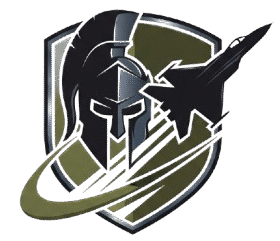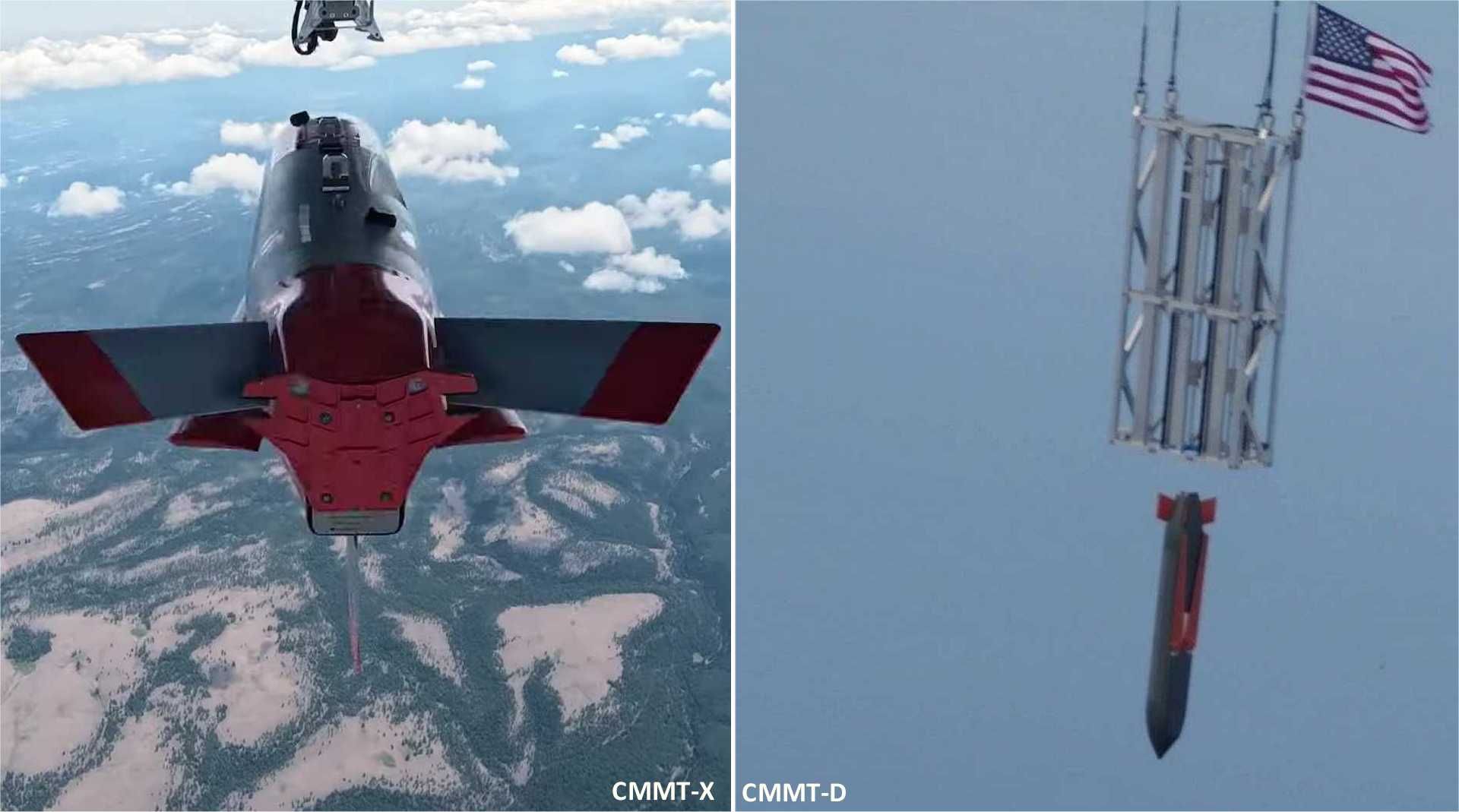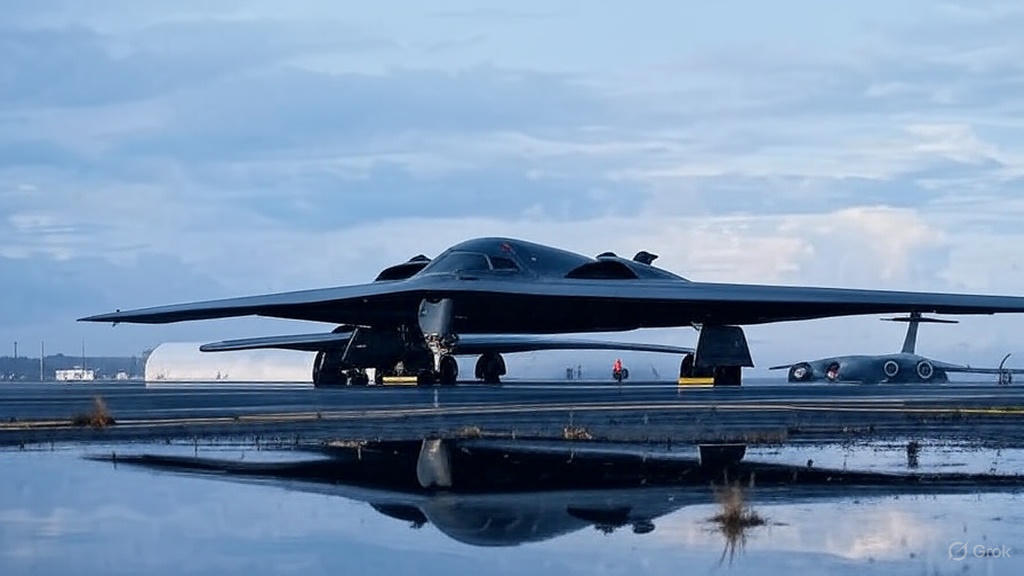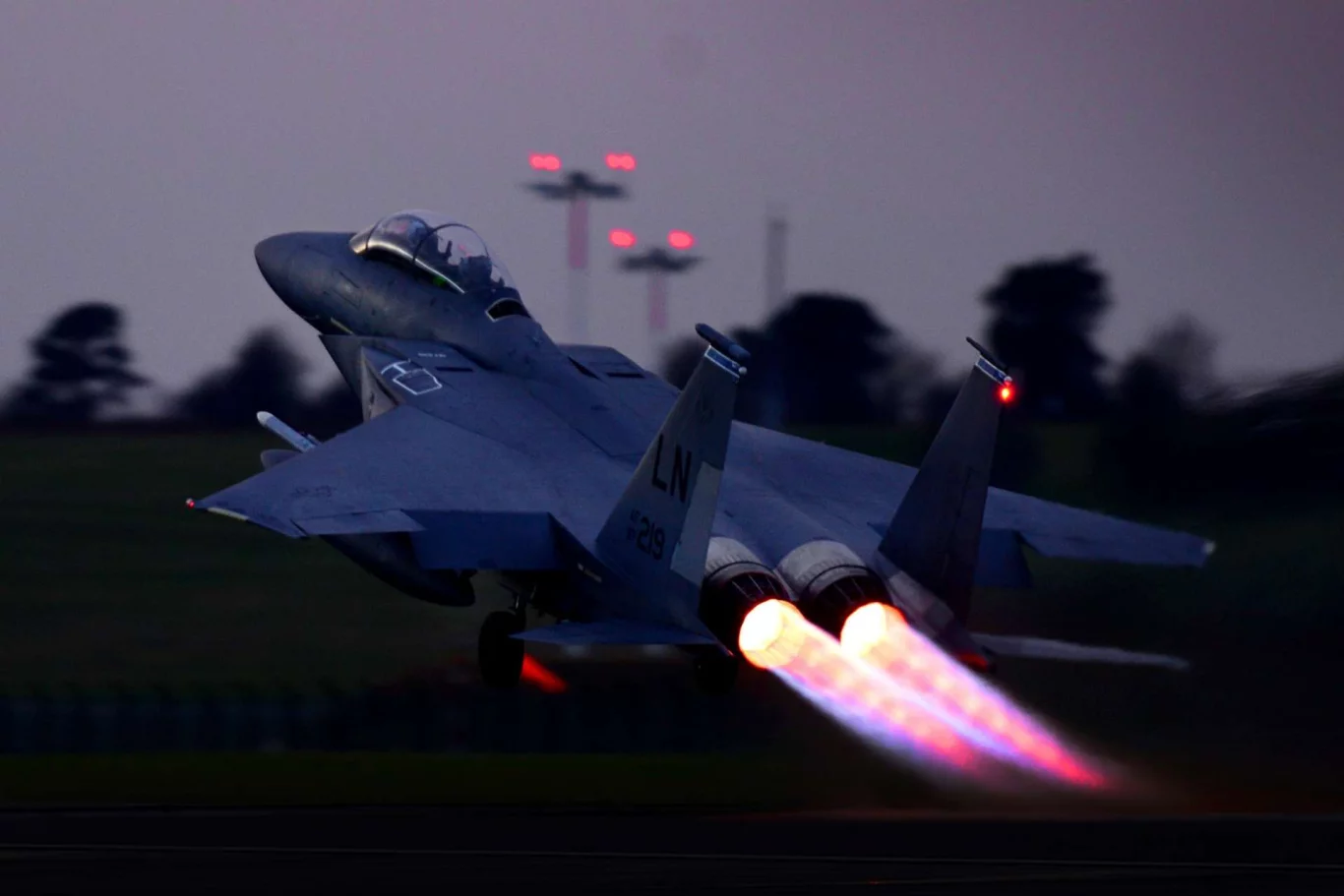On July 16, 2025, Lockheed Martin announced a significant milestone in modern warfare technology, revealing successful flight tests of two variants of its Common Multi-Mission Truck (CMMT) modular cruise missile system: the CMMT-Demonstrator (CMMT-D) and the CMMT-Experimental (CMMT-X). These tests, conducted at Oregon’s Tillamook and Pendleton Unmanned Aerial System (UAS) Test Ranges, mark a pivotal step toward delivering low-cost, scalable, and versatile missile systems for the U.S. Air Force (USAF). Designed to meet the demands of the USAF’s Franklin program, which prioritizes long-range missiles costing $150,000 or less per round, the CMMT family promises to redefine strike capabilities across air and ground platforms, offering unprecedented flexibility and firepower at a fraction of the cost of traditional munitions.
The CMMT Vision: Affordable Mass for Modern Warfare
The CMMT program, spearheaded by Lockheed Martin’s Missiles and Fire Control division with contributions from its renowned Skunk Works, aims to address the evolving needs of modern battlefields. As conflicts increasingly demand rapid, cost-effective, and adaptable solutions, the CMMT is engineered to deliver “affordable mass”—the ability to deploy large numbers of precision-guided munitions without breaking the bank. Unlike traditional cruise missiles, which are often expensive and platform-specific, the CMMT family is designed for modularity, allowing deployment from a variety of platforms, including cargo aircraft, fighters, bombers, and rotary-wing aircraft. This versatility makes it a cornerstone of the USAF’s Rapid Dragon program, which enables transport aircraft like the C-130 to launch dozens of missiles in a single mission.
The CMMT’s development, funded internally by Lockheed Martin over the past two years, reflects the company’s commitment to innovation in response to emerging threats, such as advanced air defenses, drone swarms, and hypersonic weapons. By focusing on affordability—targeting a cost of $150,000 or less per missile—the CMMT aligns with the USAF’s strategic goal of scaling strike capacity while maintaining fiscal responsibility. The missile’s modular design also allows it to carry multiple payload types, from conventional warheads to electronic warfare systems, making it a multi-role asset capable of engaging ground, air, and naval targets.
Flight Tests: Proving the CMMT’s Capabilities
The flight tests conducted in May and June 2025 demonstrated the CMMT’s operational potential across diverse deployment scenarios. The CMMT-D, the larger of the two variants, was tested at the Tillamook UAS Test Range in Oregon. In a groundbreaking demonstration, a single CMMT-D missile was mounted on a three-cell Rapid Dragon pallet, a system designed to deploy missiles from the rear ramps of cargo aircraft. The pallet was slung beneath a Bell UH-1 helicopter and dropped from an altitude of 14,500 feet (4,420 meters). Upon release, the missile executed a safe separation, deployed its wings, and transitioned into an unpowered horizontal glide. Scott Callaway, Lockheed Martin’s director for Affordable Mass, noted that in a powered flight scenario, the missile’s engine would have ignited at this stage, enabling it to engage targets at long range. This test validated the CMMT-D’s compatibility with the Rapid Dragon system, which could deploy up to 25 missiles in a single mission, providing overwhelming strike capacity.
The CMMT-X, a smaller variant roughly half the weight of the CMMT-D, underwent testing at the Pendleton UAS Range in June. Launched from a rack attached to a Piper Navajo test aircraft, the CMMT-X completed a powered flight, demonstrating its engine ignition and flight stability. The smaller size of the CMMT-X makes it suitable for deployment from rotary-wing platforms and potentially even the internal weapons bay of the F-35 Lightning II, enhancing its utility for stealth operations. These tests confirmed the CMMT family’s ability to adapt to multiple launch platforms, from large cargo aircraft to lightweight helicopters, offering unparalleled flexibility for mission planners.
Technical Innovations and Strategic Implications
The CMMT’s design emphasizes modularity and scalability, allowing it to integrate with existing and future platforms. Its compatibility with the Rapid Dragon system is particularly significant, as it enables non-traditional aircraft, such as the C-130 or C-17, to serve as missile launch platforms, effectively turning transport aircraft into long-range strike assets. This capability is a game-changer for the USAF, which seeks to maximize its firepower without relying solely on expensive fighter jets or bombers. The CMMT’s ability to fit inside the F-35’s internal weapons bay further enhances its strategic value, allowing stealth aircraft to carry affordable, long-range munitions without compromising their radar-evading profiles.
The missile’s low-cost design is achieved through streamlined manufacturing processes and the use of commercial off-the-shelf components, reducing production costs while maintaining high performance. The CMMT-D and CMMT-X are equipped with advanced guidance systems, including GPS and inertial navigation, ensuring precision strikes even in contested environments. The missiles’ modular payload bays allow for rapid reconfiguration, enabling them to carry high-explosive warheads, anti-armor munitions, or electronic warfare payloads tailored to specific mission requirements. This adaptability makes the CMMT ideal for addressing a wide range of threats, from enemy armor and fortifications to low-altitude drones and cruise missiles.
The CMMT’s development also reflects broader trends in modern warfare, where affordability and scalability are critical to countering near-peer adversaries like China and Russia. Posts on X have highlighted the CMMT’s potential to deliver “mass strike capability” at a low cost, with users noting its ability to deploy wings post-launch and ignite engines mid-air, ensuring rapid target engagement. The missile’s design draws inspiration from Lockheed Martin’s experience with other precision-guided munitions, such as the AGM-158C Long-Range Anti-Ship Missile (LRASM), but prioritizes cost reduction to enable large-scale production.
Lockheed Martin’s Broader Defense Innovations
The CMMT program is part of Lockheed Martin’s broader push to innovate across the defense spectrum. At the 2025 Air & Space Force Association (AFA) Warfare Symposium, company officials showcased the CMMT alongside other cutting-edge technologies, including the Precision Strike Missile (PrSM) and the AN/SPY-7(V)1 radar system for the Japan Maritime Self-Defense Force. These efforts underscore Lockheed Martin’s role as a leader in delivering integrated, multi-domain solutions for modern warfare. The company’s collaboration with the USAF on the Franklin program highlights its commitment to meeting stringent cost and performance requirements, ensuring that the CMMT can be produced at scale without sacrificing quality.
Lockheed Martin’s Skunk Works division, known for its pioneering work on stealth aircraft like the F-22 and F-35, played a key role in the CMMT’s development, leveraging its expertise in rapid prototyping and advanced manufacturing. The company’s focus on affordability aligns with the Pentagon’s push for cost-effective solutions in an era of constrained defense budgets. By building on lessons learned from programs like the Rapid Dragon and Franklin initiatives, Lockheed Martin is positioning the CMMT as a cornerstone of the USAF’s future arsenal.
Global Context and Competitive Landscape
The CMMT’s development comes at a time when global powers are racing to enhance their missile capabilities. For example, Türkiye’s recent test of the Tayfun ballistic missile, with a potential range exceeding 750 km, and China’s unveiling of advanced surface-to-air missile systems at Airshow China 2022 highlight the growing emphasis on long-range, precision-guided munitions. The CMMT’s affordability and modularity give it a competitive edge, particularly in markets where cost is a limiting factor. Its ability to integrate with NATO platforms and operate in contested environments makes it an attractive option for allied nations seeking to bolster their strike capabilities.
The CMMT also complements other air defense and strike systems, such as Israel’s Barak MX and Germany’s MANTIS counter-rocket system, by offering a low-cost alternative for engaging a wide range of targets. Its compatibility with the Rapid Dragon system aligns with the USAF’s vision of “mosaic warfare,” where interconnected platforms and munitions create a dynamic, adaptive network to overwhelm adversaries. By enabling rapid, large-scale missile deployments, the CMMT enhances the USAF’s ability to project power and deter aggression in high-threat environments.
Future Prospects and Market Potential
The successful flight tests of the CMMT-D and CMMT-X pave the way for further development and potential production contracts. Lockheed Martin is actively engaging with the USAF to refine the CMMT’s design and integrate it into operational frameworks. The missile’s low cost and versatility make it an ideal candidate for export to allied nations, particularly those seeking affordable solutions for air and ground-based strike missions. The CMMT’s compatibility with existing platforms, such as the F-35 and C-130, enhances its appeal for NATO allies and other partners, who can integrate it into their arsenals without significant modifications.
Posts on X have expressed enthusiasm for the CMMT’s potential, with users describing it as a “game-changer” for mass strike operations. The missile’s ability to deploy from diverse platforms, including helicopters and cargo aircraft, has sparked discussions about its role in future conflicts, particularly against adversaries with advanced air defenses. As Lockheed Martin continues to refine the CMMT, future tests are expected to focus on powered flights for the CMMT-D and integration with additional platforms, further expanding its operational envelope.
Conclusion
Lockheed Martin’s CMMT missile family represents a paradigm shift in cruise missile technology, combining affordability, modularity, and scalability to meet the demands of modern warfare. The successful flight tests of the CMMT-D and CMMT-X in 2025 demonstrate the missile’s potential to deliver precision strikes from a variety of platforms, from cargo aircraft to stealth fighters. By aligning with the USAF’s Franklin and Rapid Dragon programs, the CMMT addresses the need for cost-effective, high-volume munitions capable of countering evolving threats. As Lockheed Martin continues to innovate, the CMMT is poised to become a cornerstone of the USAF’s strike arsenal, offering unmatched flexibility and firepower for the battlefields of tomorrow.




